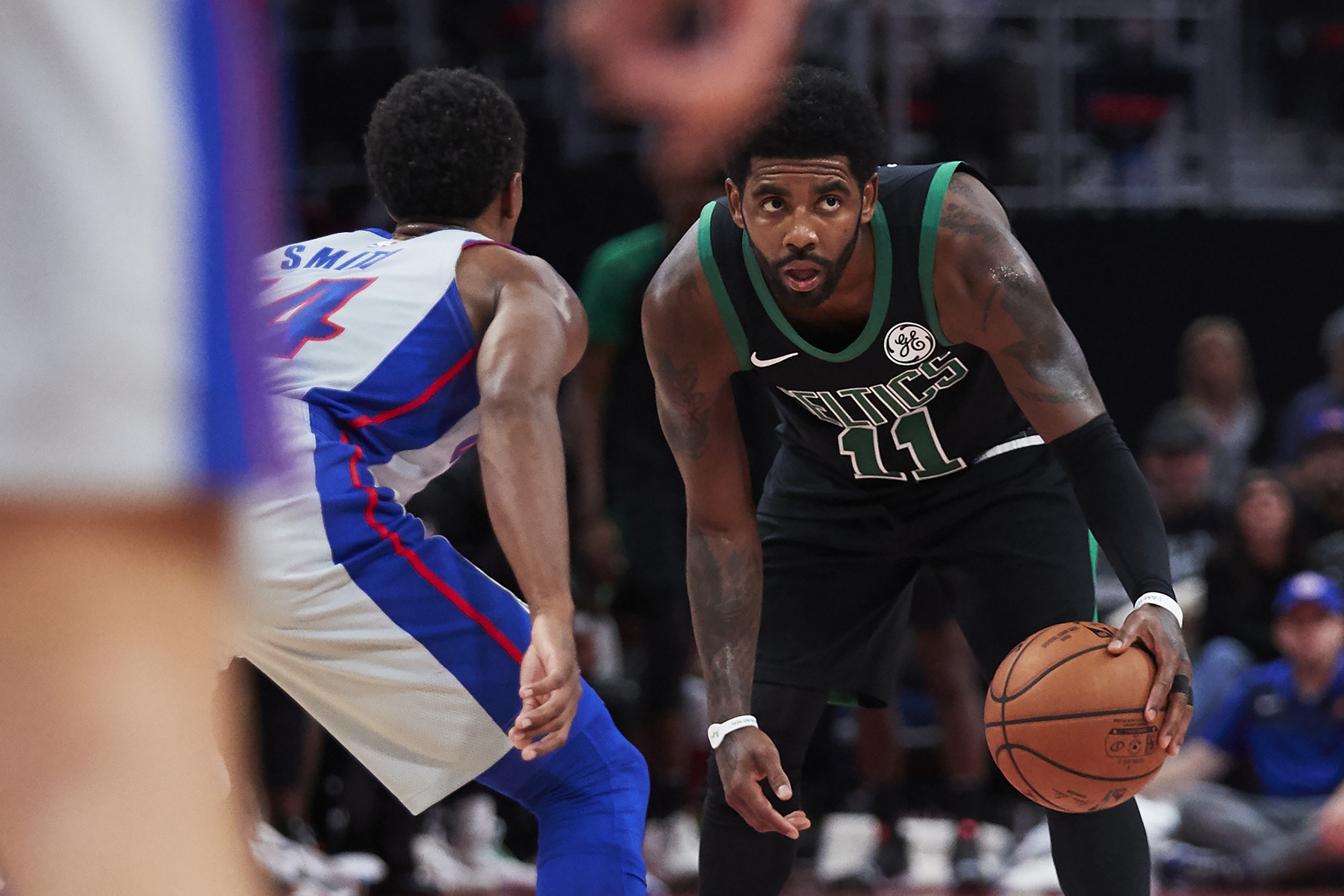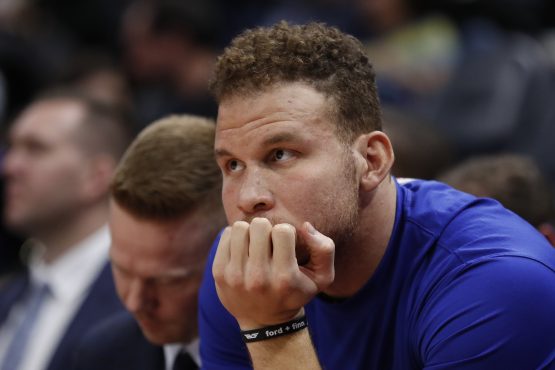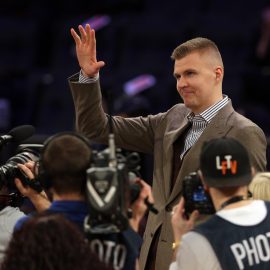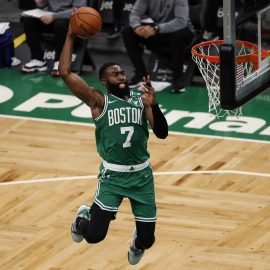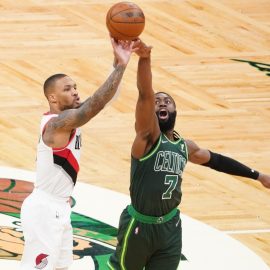Kyrie Irving’s struggles on offense have taken a toll on the Boston Celtics’ puzzling start to their season, but his slump was negligible in a win over the formerly undefeated Detroit Pistons. His 23-minute cameo included five assists and helped to jump-start an offense that was desperately looking for some shots to fall.
First, if you’re concerned that he only played 23 minutes, take note that nobody played more than 28 on the night. His 1-5 shooting is mildly concerning, but less worrisome than some of his previous struggles, and here’s why: he’s giving the game what it needs. Much of what the Celtics have been fighting in these early games is the redundancy of their starting lineup. Jayson Tatum, Jaylen Brown, and Gordon Hayward have varied skillsets, but all excel as slashers who benefit from somebody else initiating the offense. Al Horford is a fine distributor, but not the type of player who can constantly push the tempo of a game. That leaves Kyrie Irving, known to be a score-first point guard, to dig deep and find a solution.
In truth, the ball movement has been solid in just about all six games so far. But it hasn’t been productive. The Celtics have been stuck in a loop of driving the ball, then kicking it out, then driving it again, and then kicking it out again until the shot clock runs out. It’s predictable and doesn’t do much to get players involved. Sure, it might get four players to touch the ball on one possession, but standing outside the three-point line waiting for the ball doesn’t set them up to do much once they get it. Irving’s recent work as a facilitator has broken this cycle and created more opportunistic scoring opportunities. Anything to dissuade them from contested midrange jumpers is a plus, in my book.
Don’t get too caught up in the assist totals from game to game. They’re a good measure of teamwork, but it’s important that we don’t undervalue the “hockey assist”, or a chain of passes that lead to a good shot.
Finally, it’s time to abandon any criticism of Irving for “wanting to be the guy on his own team” because that clearly isn’t his intention. He isn’t chucking up too many shots, nor is he criticizing anybody for shooting theirs. He doesn’t mope on the bench or in interviews, but instead cheers on his teammates and breaks out some odd dance moves on the sideline. Do sad basketball players dance? No. They don’t. Irving is doing the one thing people said he couldn’t do when he was initially traded to Boston, so let’s just let it happen and enjoy the basketball.
Add The Sports Daily to your Google News Feed!
